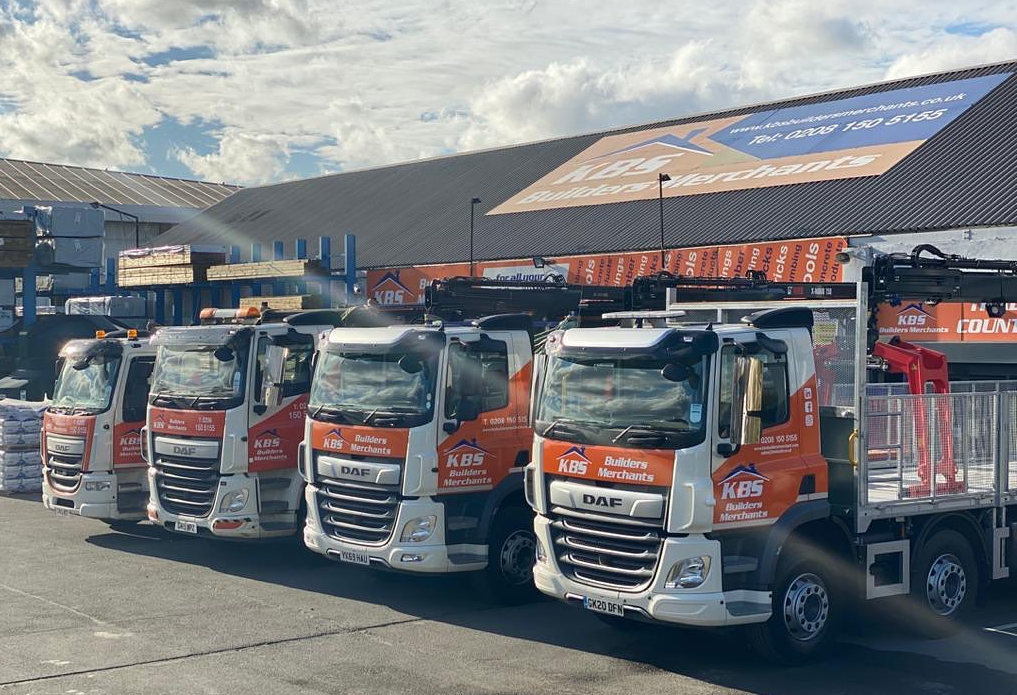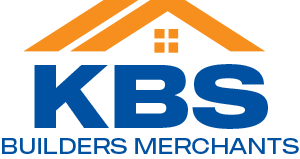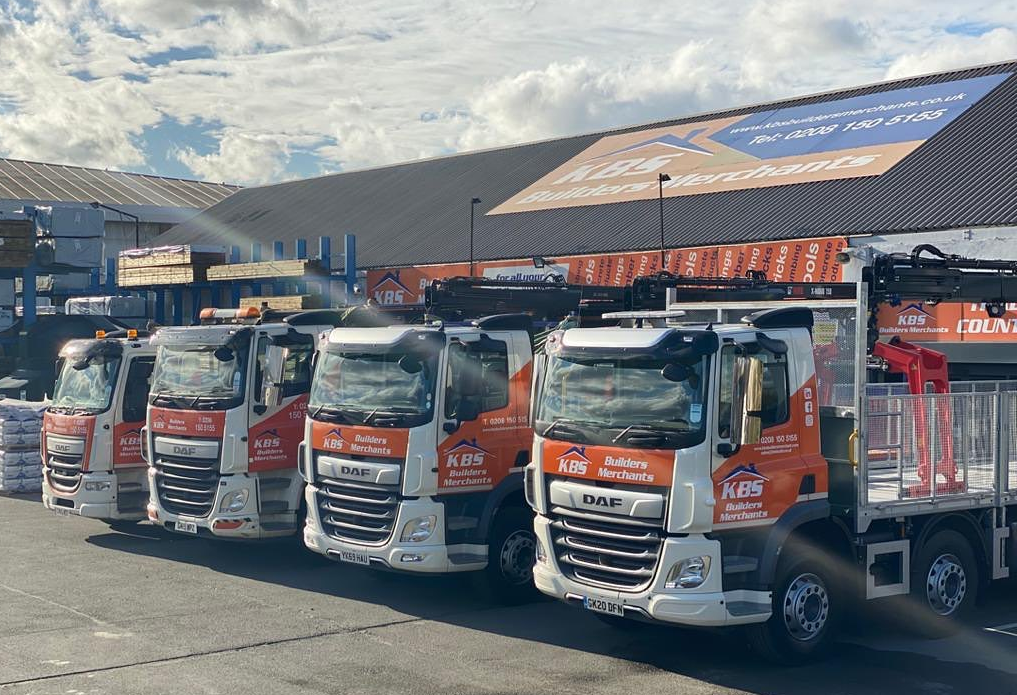- KBS Builders Merchants, 657 Woolwich Rd, London SE7 8LH
- Talk To An Expert :020 8150 5155
Top 5 Most Widely Used Construction Materials

Backbone of Construction: Top 5 Most Used Materials
Choosing the right building supplies is very important for the success of any job. The materials used, their effects on the surroundings, and their cost can significantly affect the building's looks, durability, and usefulness. KBS Builders Merchant knows how important these choices are as a primary seller of building materials Supplies. This guide looks at the five most common building materials and tells you about their qualities, uses, and things to consider when choosing them for your projects.
1. Stones
- Types: Concrete is a flexible substance made up of cement, water, Aggregates, and sometimes extra ingredients called "admixtures." Different types of concrete have other uses and qualities. Some examples are reinforced concrete, which has steel rebars or fibres mixed in; precast concrete, which is shaped away from the construction site; and high-performance concrete, made to be stronger and last longer.
- Properties: Concrete is famous for being very strong and helpful in many ways. This material can be shaped almost any size or shape, so it is commonly used in many building projects.
- Common Uses in Buildings: Concrete is essential for home and business buildings because it is used for foundations, bridges, walls, and sidewalks. Because it can receive and hold heat, it works well as thermal mass in passive solar designs.
- Potential pros and cons: Although concrete is solid and can be used in many ways, it does have some problems. For example, making cement leaves a significant carbon footprint and cracks easily when stressed.
2. Steel
- Different kinds of steel used in buildings: Carbon steel is the most common type of steel used in buildings. Other types include alloy steel, made with chromium, nickel, or vanadium; stainless steel, which doesn't rust; and tool steel, which has tungsten, molybdenum, cobalt, and vanadium.
- What it is: Steel's main qualities are its excellent tensile strength, long life, and ability to be recycled. Its strength makes it perfect for holding up buildings and dealing with stress.
- How to Apply: Steel is essential in skyscrapers, bridges, and increasingly domestic buildings because it is solid and flexible. It is mainly used for building frames, reinforcements, and infrastructure supports.
- Advantages and possible disadvantages: Steel lasts a long time and can be recovered without damaging the material, which makes it sustainable. However, it is prone to corrosion if not treated correctly or kept, and it takes a lot of energy to make.
3. Wood
- Different Types Used in Construction: Two main types of wood are used in construction: softwoods and hardwoods. Softwoods like pine and spruce are often utilised for structure frames. Hardwoods, on the other hand, like oak and maple, are chosen for their excellent looks when finished.
- What it is: People like wood because it looks nice naturally, keeps heat in, and is easy to work with. It is also good at blocking sound and heat and has a warm look that is very popular in interior design.
- Situations of Use: Wood is used extensively in residential buildings, especially for framing, flooring, and interior trim. Because it can be used in many ways and is warm, it is also famous in architecture and furniture.
- Concerns and Aspects of Sustainability: Wood is a resource that can be used repeatedly, but only if harvested sensibly. If you are worried about habitat loss and cutting down trees, you can ease your worries by buying wood from certified sustainable forestry companies.
4. Brick
- Different Kinds of Bricks: Bricks are usually made of clay or concrete. There are different types of bricks, such as fired clay, concrete (cement and gravel), and calcium silicate (sand and lime). Each type has different structure and aesthetic qualities.
- Features and traits: People know bricks don't catch fire, keep heat in, and last long. To keep heat and cold out, they work great as insulation and help a house use less energy.
- Uses in the past and now: Bricks have been used to build things for thousands of years, as you can see from the old buildings still standing. Modern buildings use them for structural and aesthetic reasons, such as on walls and in paving.
- Effects on the environment and saving energy: Making bricks, wildly firing clay bricks, can use a lot of energy, but new methods are trying to lower this effect. Bricks are also environmentally friendly because they last a long time and keep heat in.
5. Aluminum
- What it is: Aluminium is an excellent material for current building needs because it is strong, doesn't rust, and is light. It's great for frames and panels because it's flexible and robust in weight.
- For use in a modern building: Aluminium is often used in modern buildings for its sleek, contemporary look and practical benefits. It is often used in windows, doors, facades, and roofs.
- Advantages Over Other Types: Aluminium is more robust than steel but lighter, so it can be used in more designs without adding to the structure's weight. It can also be recycled easily, lowering its effect on the environment over time.
- Recycling and Thinking About the Environment: Aluminium can be recycled repeatedly without losing quality, making it a much more environmentally friendly building material.
Conclusion
This list of the most common building materials shows how many different and complicated options there are. Each material has its qualities and uses, which affect how buildings are made and how sustainable they are. As the building industry moves towards more eco-friendly and technologically advanced solutions, future trends in building materials are likely to focus on making them more sustainable and innovative. Experts like KBS Builders Merchant can help you choose the materials for building lasting projects.

